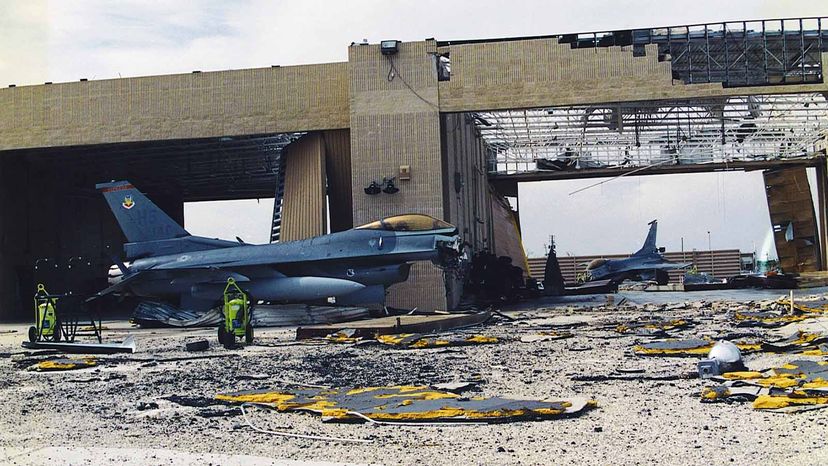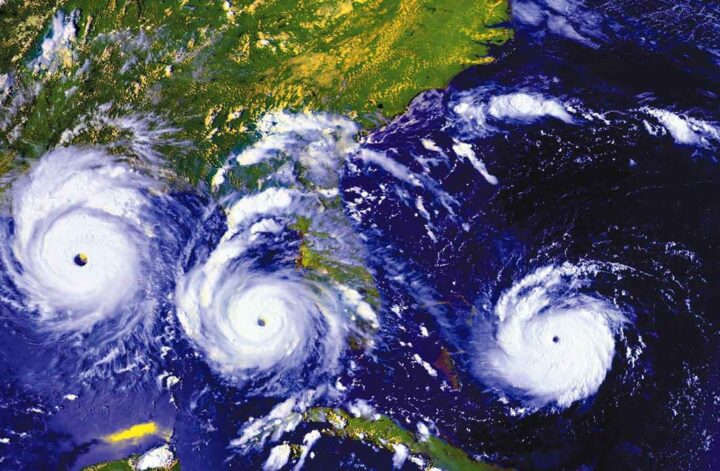
Camille was Ruth Clark’s first hurricane. The then-27-year-old native of Richton, Mississippi — 70 miles inland from the Gulf Coast — took shelter in her church’s partial basement and huddled with her husband and neighbors as the storm tore straight through her hometown. Hours earlier, at the Trinity Episcopal Church in coastal Pass Christian, Mississippi, 15 people drowned in Camille’s historic storm surge.
“You really can’t describe to anybody what it’s like to sit through a hurricane,” says Clark, who also rode out Hurricane Katrina, a Category 3 storm, in 2005. “It’s almost like they describe the sound of a tornado, like listening to a train go by, except it doesn’t pass on and it’s over with. It just keeps going and going and going. You’re hearing the popping and the crackling of the trees, and the fireworks from the power lines going down, popping and snapping. It’s just a horrendous sound.”
During both storms, Clark wondered more than once if it was the end. The giant oak trees lining Richton’s streets toppled in the brutal and relentless winds, which raged for hours. All it would take was for one of those trees to come crashing through the roof or for the walls to succumb to the terrible force.
“The house is trembling like it’s an earthquake. You just feel everything shaking and you don’t know what’s going to happen,” says Clark, who now lives outside of Atlanta. “You do a lot of praying.”
Doug Rohan was just starting his senior in high school when Hurricane Andrew, another Category 5 storm, slammed into South Florida on Aug. 24, 1992. Rohan and his family took refuge in his father’s boarded-up office building and spent a long, blacked-out night listening to the rattle and thump of unknown objects careening across the rooftop.
“When daylight came and we opened the door to look outside, we realized that the rumblings we heard on the rooftops were probably very large tree limbs or porta-potties blown four to five blocks from construction sites,” Rohan remembers. “There were faces of office buildings that were sheared off from the facade. That’s what a Category 5 hurricane can do in a direct hit.”
Rohan lived just 2 miles (3 kilometers) north of the worst devastation in Homestead. The storm sucked fighter jets out of hangs at the Homestead Air Force Base. Rohan says that Hurricane Andrew leveled entire neighborhoods as if a “Hiroshima-style bomb” had detonated in South Miami. More than 180,000 people in Miami-Dade County were left homeless, and 1.4 million people had no power, many for weeks. Rohan will never forget that most of what remained standing was slathered on the windward side with a pea-green slurry.
“Every single leaf was stripped from every single tree and minced up like it was in a blender,” Rohan says. “So, you had all this sap oozing out, mixed with the rain, and it was like a poultice on all the buildings and cars. It was like snow drifts, except it was like finely chopped green leaves.”
